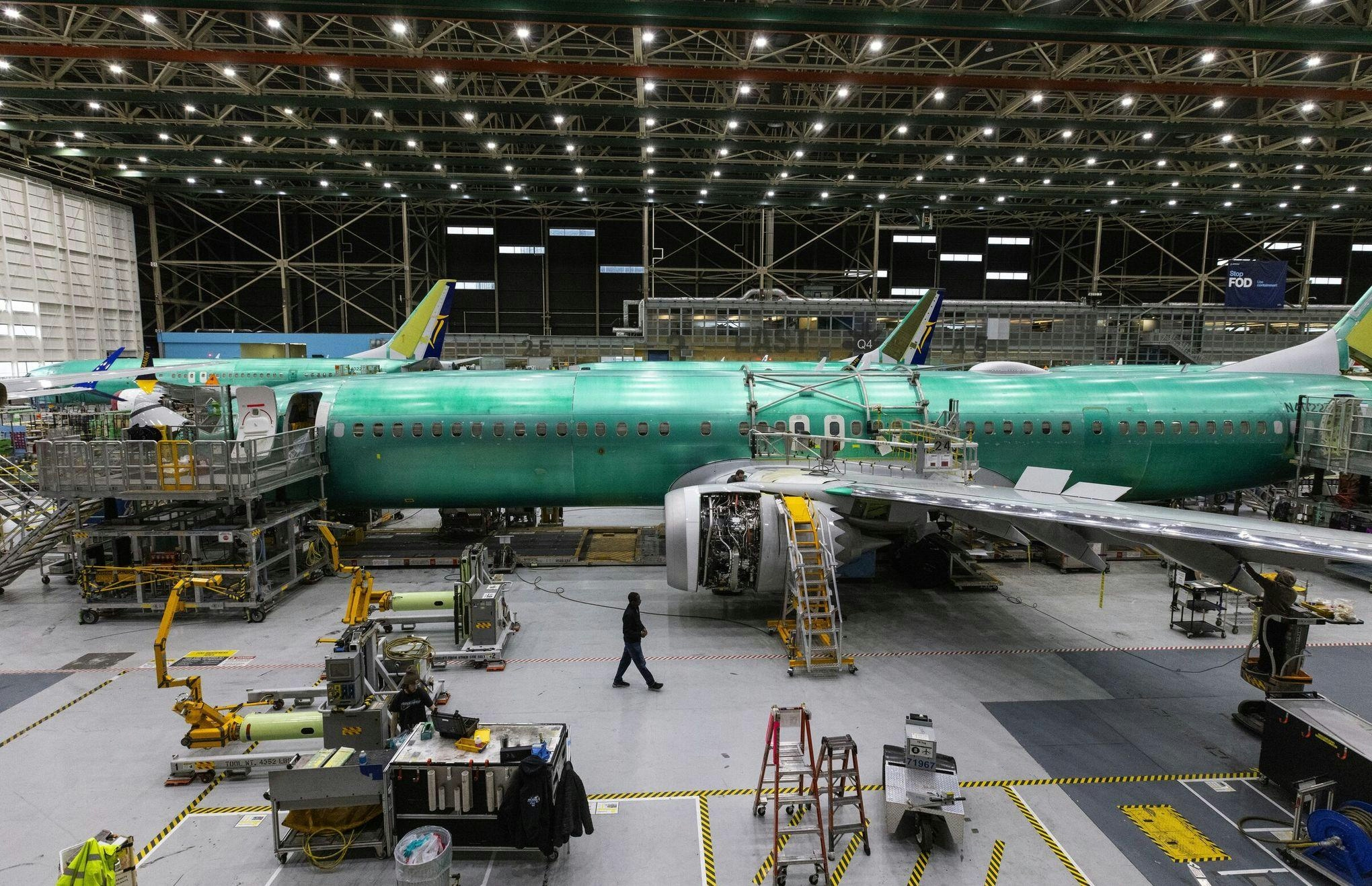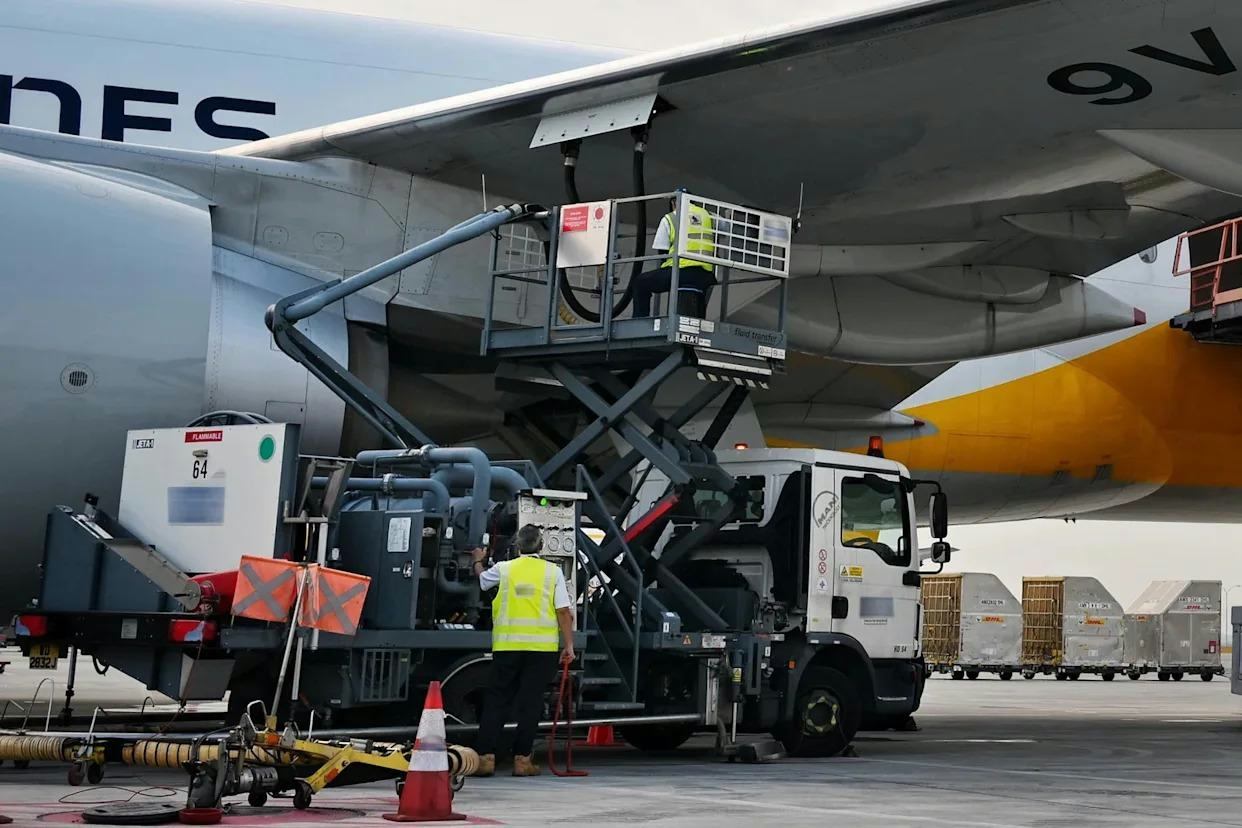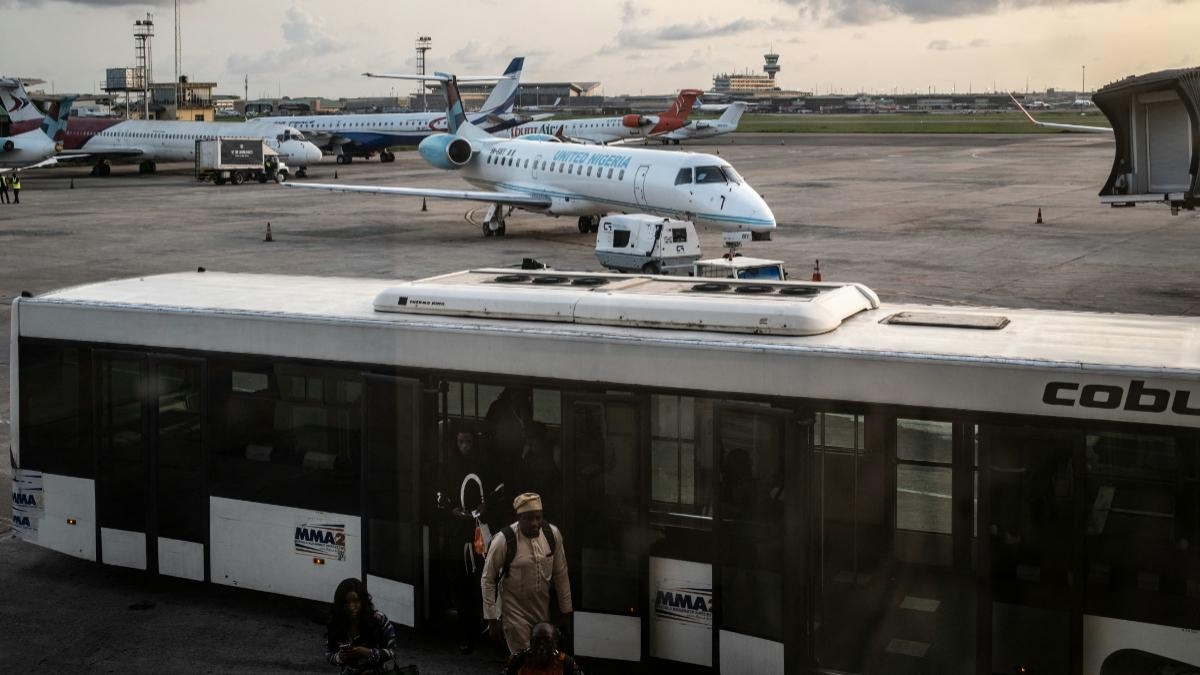
AeroGenie: il tuo copilota intelligente.
Tendenze
Categories
CFM Growth in 2025 Driven by Boeing MAX Recovery

CFM Growth in 2025 Driven by Boeing MAX Recovery
Renewed Momentum in the Narrowbody Market
CFM International, a leading player in the aero-engine industry for several decades, is positioned for notable growth in 2025, largely fueled by Boeing’s ongoing recovery and revitalization of the narrowbody aircraft segment. As Boeing regains its footing, the positive impact is extending throughout its supply chain, with CFM—manufacturer of the widely utilized CFM56 and LEAP engines—directly benefiting from increased production rates and aircraft deliveries.
CFM’s prominence in commercial aviation propulsion dates back to the early 1980s, when its CFM56 engine family became the preferred powerplant for both Boeing 737 and Airbus A320 aircraft. The CFM56-2 entered service in 1982 on the Douglas DC-8-70 series, followed by the CFM56-3 on the Boeing 737-300 in 1984, and the CFM56-5 on the Airbus A320-100 in 1988. These milestones established CFM as a dominant force in the sector, a position it has maintained ever since.
Boeing’s Recovery and Market Dynamics
The current upswing in CFM’s prospects is closely linked to Boeing’s efforts to restore confidence in its 737 MAX program. Since the beginning of the year, Boeing’s shares have risen by 37%, buoyed by optimism surrounding a potential 500-aircraft deal with China and broader market enthusiasm for the company’s resurgence. Under the leadership of CEO Kelly Ortberg, Boeing is focusing on operational discipline and market expansion to reclaim its competitive position following a turbulent period marked by production halts and regulatory scrutiny.
Nonetheless, challenges persist. The Federal Aviation Administration (FAA) is engaged in scenario-based planning with Boeing before considering the removal of the 737 MAX production cap, a process that could influence the pace of CFM engine deliveries. Regulatory oversight remains stringent, reflecting ongoing concerns about safety and quality control in the aftermath of previous setbacks.
Meanwhile, Airbus continues to assert its competitive strength, having delivered more aircraft to China over the past seven years than Boeing. This dynamic highlights the intense rivalry between the two aerospace giants and underscores the critical importance of the Chinese market for future growth.
Financial and Regulatory Challenges Ahead
Despite the positive momentum, Boeing faces significant financial challenges, including an $11.8 billion loss reported in 2024. The company must also navigate complex global aerospace trends, evolving regulatory environments, and shifting customer demands.
For CFM, the outlook for 2025 is optimistic but tempered by risks. The company’s success remains closely tied to Boeing’s ability to sustain its recovery and manage regulatory hurdles effectively. As the aerospace industry continues to evolve, CFM’s enduring partnerships with both Boeing and Airbus will be essential to maintaining its leadership in the engine market.

Cabin Interior Delays Continue to Affect Jet Deliveries

India Faces Fuel and Financing Challenges in Competing with Dubai and Singapore's Aviation Sectors

Royal Jordanian to Refurbish Boeing 787-8 Fleet

Expert Calls for Policy Reform to Boost Local MRO Investment and Reduce $1 Billion Maintenance Costs

MRO Update: October 21, 2025

Young Aircraft Retired Early for Engine Salvage

Data Centers Adopt Aviation Engines for Power Generation

Turbine Conversions Ltd. Marks 35 Years in Ag Aviation and 25 Years of Single Point Fueling

Brazilian, Chinese, and UK Airlines Target Nigerian Domestic Market for Expansion
